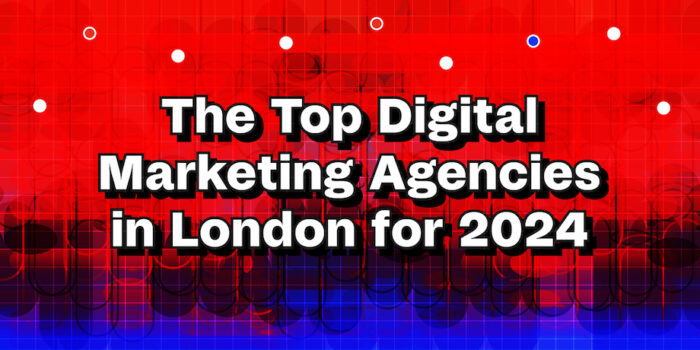As consumers prioritize eco-conscious brands more and more in their daily choices, more brands are challenged to deploy meaningful, sustainable marketing strategies to continue earning consumer trust. The truth today is that the average consumer is more savvy and aware of environmental issues than ever before — which means that brands attempt to grow in a marketplace where eco-friendly credentials can make or break consumer trust.
Brands are under real pressure to showcase a strong foundation for their eco-forward initiatives that make everyone happy — and the competition is only getting more cutthroat.
Generation Z is at the helm of these new, eco-savvy, and outspoken consumers worldwide. The younger generation is not afraid to call out a brand if they are blatantly choosing to be unsustainable — or worse, don’t prove the intentionality and depth of any sustainability marketing a brand engages in.
According to a McKinsey study, companies that incorporate sustainability were twice as likely as their peers to generate a 10% increase in revenue, and according to First Insight, the exact percentage goes for how much GenZ shoppers are willing to spend on sustainable products. Brands need to keep in mind that sustainability is winning, especially for a generation that is sustainability-oriented and unafraid to demand responsibility and transparency from brands.
The stats that make sustainable marketing appealing to brands don’t end there, though. Studies show that 60%-72% of surveyed consumers are willing to pay premium prices for products with sustainable packaging. From a customer’s POV, the numbers are staggering: according to Capgemini, 64% of consumers feel happier when purchasing sustainable products, while Forbes states over 88% of consumers choose to remain loyal to brands that show substantial and genuine support for environmental or social issues.
In short, sustainability is quickly becoming a must for brands who want to, at minimum, remain afloat long-term and, at maximum, remain competitive. With this in mind, let’s look more closely at how brands can incorporate sustainability strategies into their business and marketing efforts — and how some of the leading brands have done it successfully.
What Makes a Marketing Strategy Actually Sustainable?
A sustainable marketing strategy seeks to strike a delicate balance between promoting products or services while ostensibly minimizing negative short and long-term impacts on the environment, society, and economy through strategies and principles. Tactical approach and promotional goals aside, it is also a method for brands to consider concerns about sustainability and to demonstrate their commitment to social responsibility.
The benefits of sustainable marketing include — but are not limited to — the following:
- Improved brand reputation: By showing a clear commitment to concerns that are top of mind for hyper-aware consumers, brands can immediately benefit from an improved reputation with their target audience.
- Consumer loyalty: Consumers are more likely to declare loyalty to brands that share their values — meaning that a long-term sustainability-forward approach can easily lead to stronger relationships with current and potential customers.
- Cost savings and operational efficiencies: there are numerous opportunities for brands to save on operational costs by opting for more eco-friendly solutions in the long run.
- Shared employee beliefs: In addition to value alignment with the consumers, brands can benefit from similar improved morale internally, leading to more commitment and loyalty from employees and a stronger commitment to mutual growth.
- New areas for continued innovation: Sustainability considerations often push brands to think outside of the box and find new ways to connect with consumers while driving a positive impact on society and the environment alike.
Wouldn’t all brands want that?
Sustainable Marketing vs. Greenwashing
However, a major risk that brands (more frequently than not) run into is greenwashing. The lines between sustainability and greenwashing are subtle yet, if confused, can be extremely damaging to the brand’s reputation. Greenwashing is akin to misleading the audience to believe that a brand’s products or efforts are dedicated to an environmental or societal cause — but the promotional efforts are superficial tactics to cover the lack of that dedication.
In other words, it’s a lie to appeal to a more eco-conscious audience — an unsubstantiated, misleading statement without actionable backing that aims to drive more revenue through false or vague sustainability claims. It is very dangerous because it is vague and irrelevant.
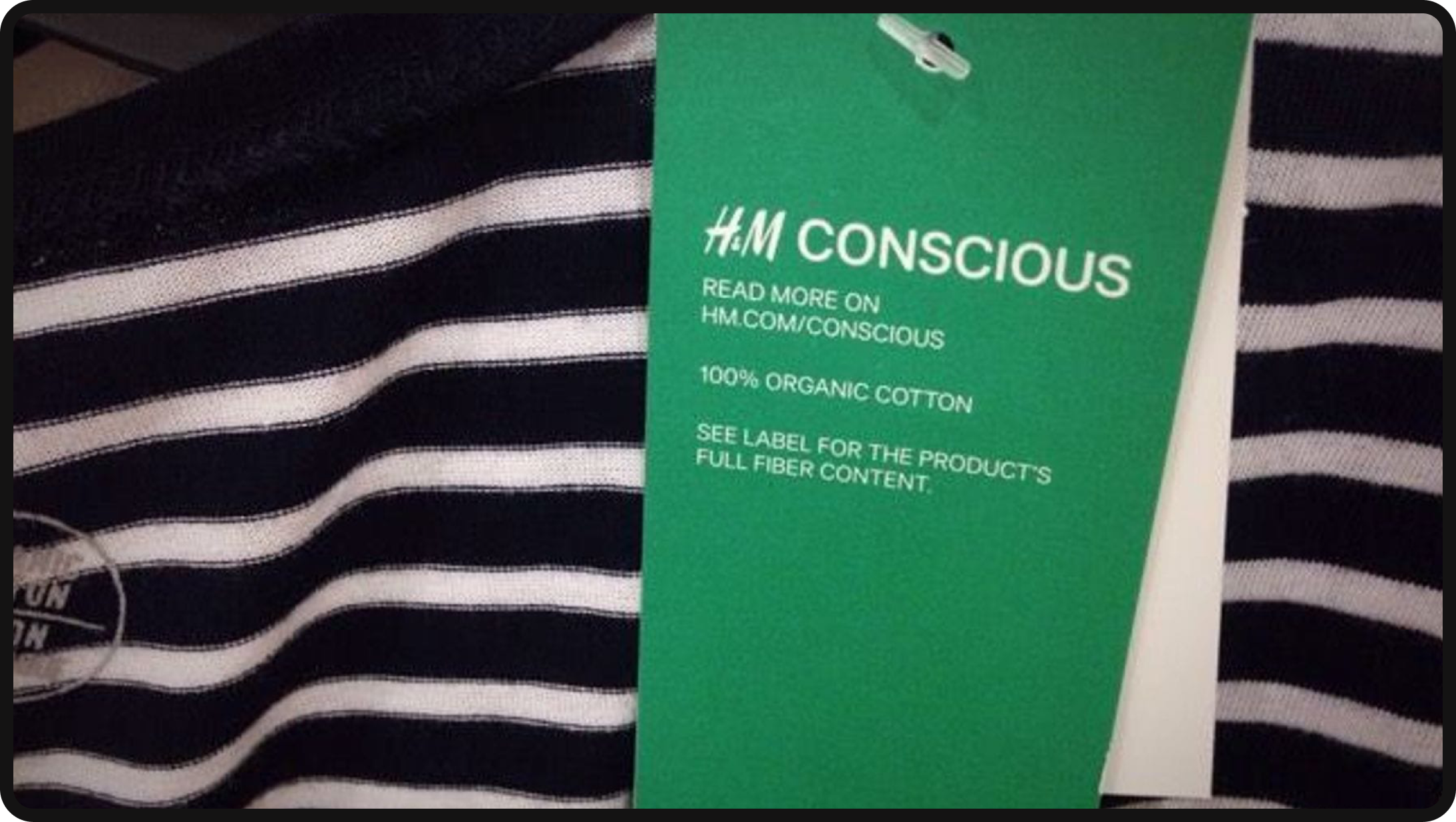
Sustainability cannot be superficial; consumers are observant. If a brand is not sustainable, a consumer can easily denounce a brand. In the age of social media, where consumers spend most of their time online, anyone, anywhere, will listen to the opinions of a former consumer of an unsustainable brand.
This public call for accountability has pushed many brands to become more sustainable. According to a recent statistic by TravelPerk, 59% of companies began using more sustainable materials, such as recycled materials and lower-emitting products, in 2023. As a generation of eco-conscious consumers, who are also the top leading consumers, they cannot afford to be canceled through social media.
The 4 “P’s” of Sustainable Marketing
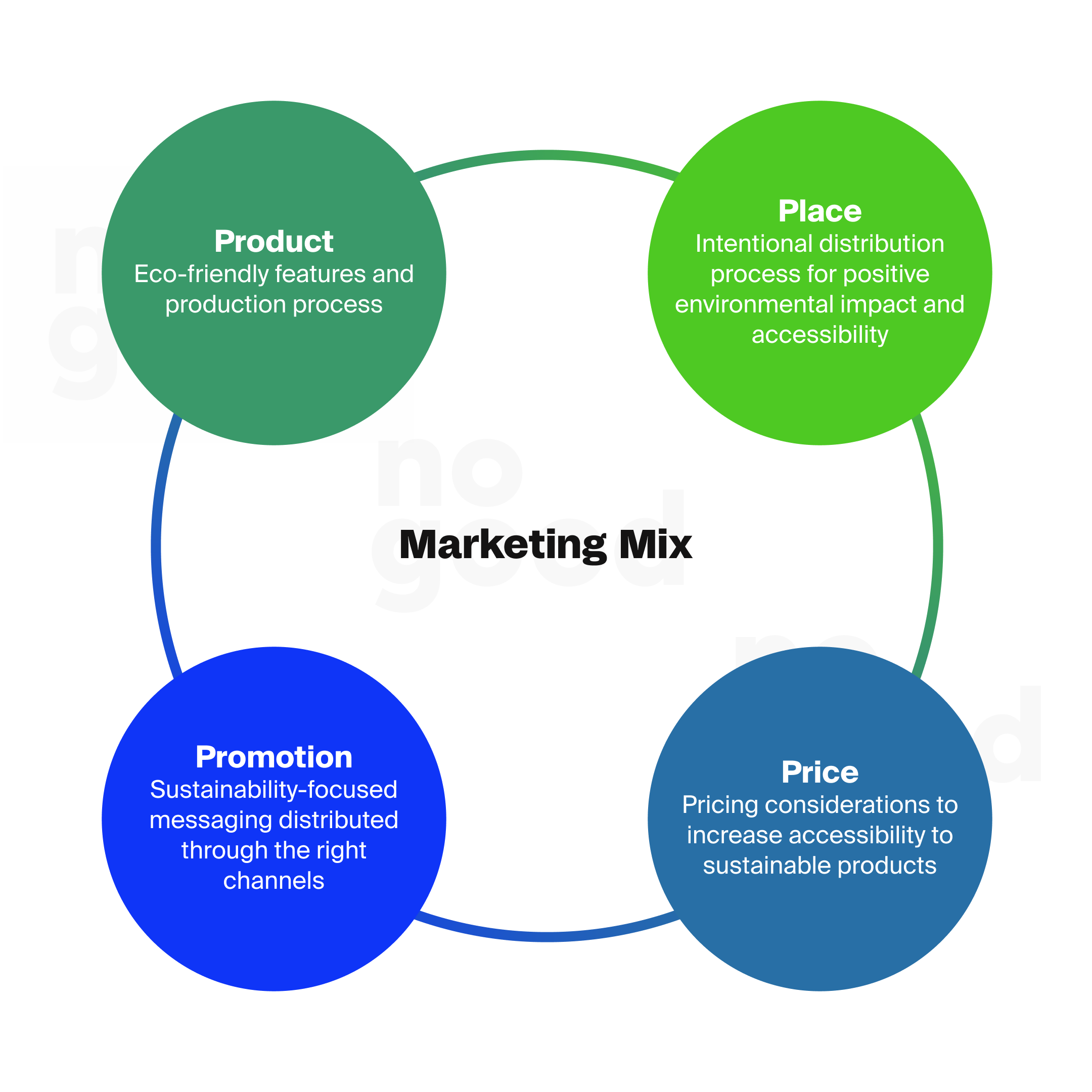
Let’s look at the foundational 4 P’s of marketing to illustrate all the angles brands need to consider sustainability initiatives from. While the 4 P’s are a fundamental marketing theory at a high level, the framework can effectively illustrate how deep sustainability efforts and initiatives need to be rooted in the brand’s value system and growth path. Let’s use the example of AllMatters for the 4 P’s.
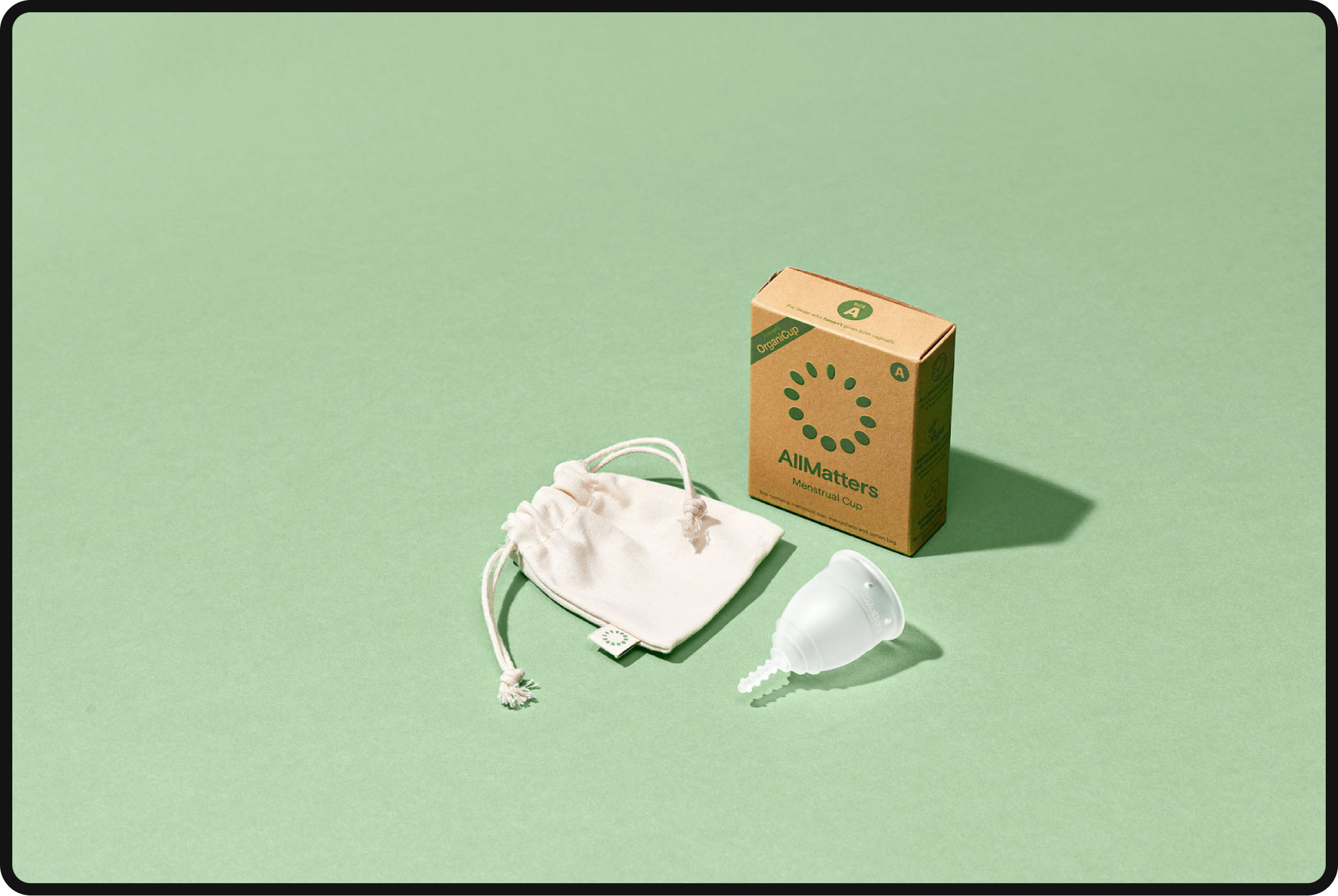
Product
Sustainability begins at the product level, making sure that some (if not all) facets of a product are designed with environmental impact in mind. An example of this is AllMatters, formerly known as OrganiCup, a sustainable menstrual cup. The full product line itself — ranging from menstrual cups to period underwear — is designed to be reusable, with an added touch of sustainable packaging made of recycled paper and cardboard.
Price
Consumers, such as myself, tend to believe sustainable products are expensive when it is quite the contrary. The value is much more important than the cost for customers using AllMatters – a menstrual cup that can last for years. Per menstrual cycle, $20 is spent on feminine hygiene products, adding up to about $18,000 over a lifetime. Using AllMatters, consumers will not waste money or have to depend on traditional menstrual products.
The brand is very intentional in communicating their mission to create accessible and sustainable feminine care products that won’t break the customer’s bank. AllMatters consciously empowers women to make choices about their self-care with the environment in mind through “democratic prices” and wide distribution.
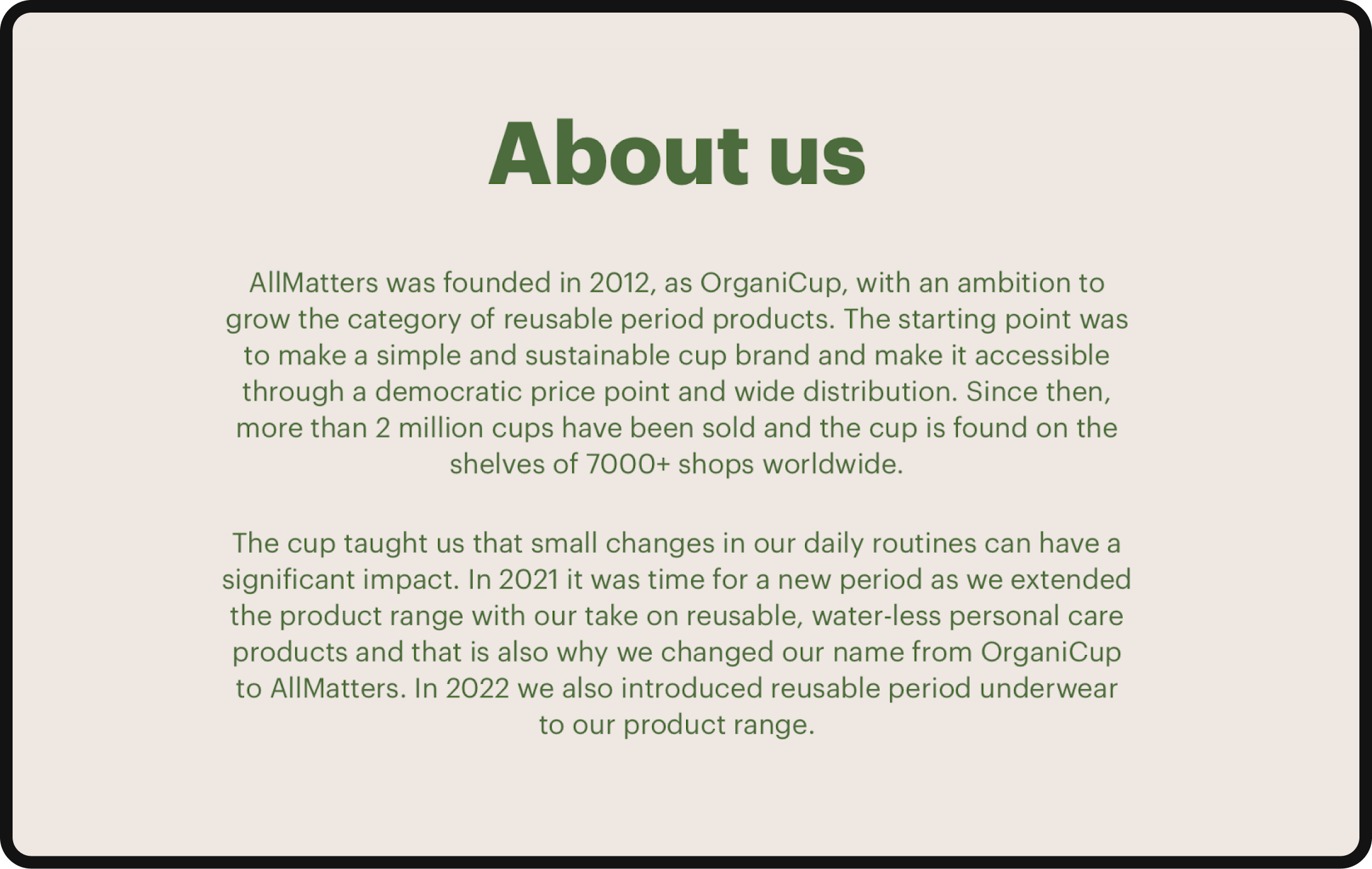
Place
Next step: accessible and wide distribution to ensure consumers can make environmentally conscious choices with ease. AllMatters is a brand and product designed for women, by women for their most natural and important needs. Making the product accessible not just from a price point but a distribution point is also clear from their strategy. The products the brand offers are available for purchase online, and in-store, and the website makes it easy for customers to locate stores that carry AllMatters products worldwide through their store locator.
Promotion
The final step in the process is consistent consumer engagements and omnichannel communication that introduces the brand and its products, educates customers on product usage and the brand’s commitment to positive impact, and builds awareness about the product, leading to widespread brand sentiment improvement.
AllMatters educates its customers on their impact through their website and social media by backing their claims with data-backed information: more than 7,040 tons of waste they saved, 844 million pads and tampons avoided, and 60,000 donations of menstrual cups. Period products cause 200K tons of waste per year and it can take up to 500 years for them to degrade.
In addition to direct proof of their impact and awareness about the impact our monthly hygiene products cause, AllMatters takes their actions a step further by also raising awareness around the stigma surrounding monthly periods and the struggles with embarrassment and judgment that women worldwide experience when it comes to their bodies.

5 (Non-Exhaustive) Sustainable Marketing Strategies
1. Think Like Your Target Consumer
Sustainable marketing is highly dependent on consumer empathy and understanding. Brands gunning for consumer loyalty must align their efforts with the consumer’s desires, values, and aspirations toward an ethical and eco-friendly society. With that in mind, businesses can meet consumer demands effectively, all while tackling critical, ethical, and environmental challenges.
Whether it’s enabling the consumer to make more conscious choices in small ways daily or understanding what kind of impact the target consumer will care about the most, brands need to consistently put themselves in their customer’s shoes to create effective products and marketing strategies that really connect with the end user.
Fig.1 Micellar Oil Cleansing Wipes are a great example of consumer-focused marketing. The target audience is anyone who wears makeup, which is many, and makeup wipes (which are more often than not part of most women’s daily skincare routine) are hazardous to the environment. Knowing this, Fig.1 created dissolvable makeup wipes that makeup wearers can place underwater after removal. It is perfect for on-the-go and very sustainable, empowering the consumer to make a sustainable choice daily and move the needle consistently with small actions.

2. Make It Your Mission
A brand must commit to creating a positive impact beyond financial gains. When a brand is transparent and openly shares impactful values committed to sustainability, they have deep connections with consumers who share the same, or similar, vision. This brings a collective effort towards a better world with sustainability as a top priority for brands — and it shows real commitment to a cause that can’t be mistaken for a lie.
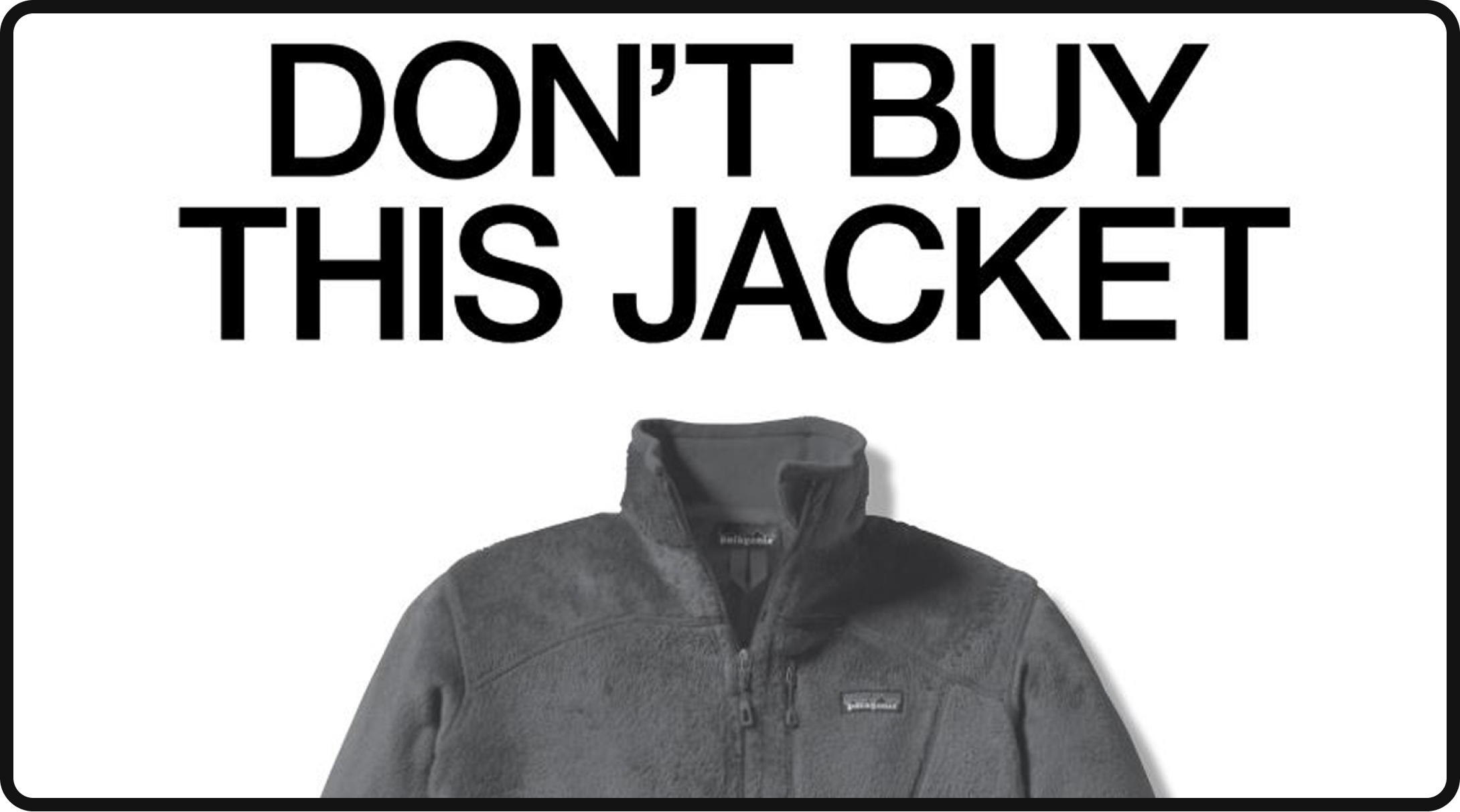
Patagonia is a notable sustainable brand that focuses on “demarketing.” Demarketing curbs demand for a product or service and discourages people from using it. Patagonia relies on this type of advertising with its “Don’t Buy This Jacket” campaign to bring awareness to consumers’ shopping habits and their environmental impact.
They are a brand that’s well-received and known for its sustainability identity and commitment to reduce, reuse, and recycle.
3. Make It Accessible and Valuable
Aside from the direct benefits of the services and products a brand offers, emphasizing their value as a more sustainable choice is important. The consumer’s needs are valuable and essential to satisfy, along with benefiting the environment and making the consumer effectively feel good about their choice for the brand to lean on from a personal and societal perspective.
This approach allows companies to innovate products and services without compromising affordability and quality.
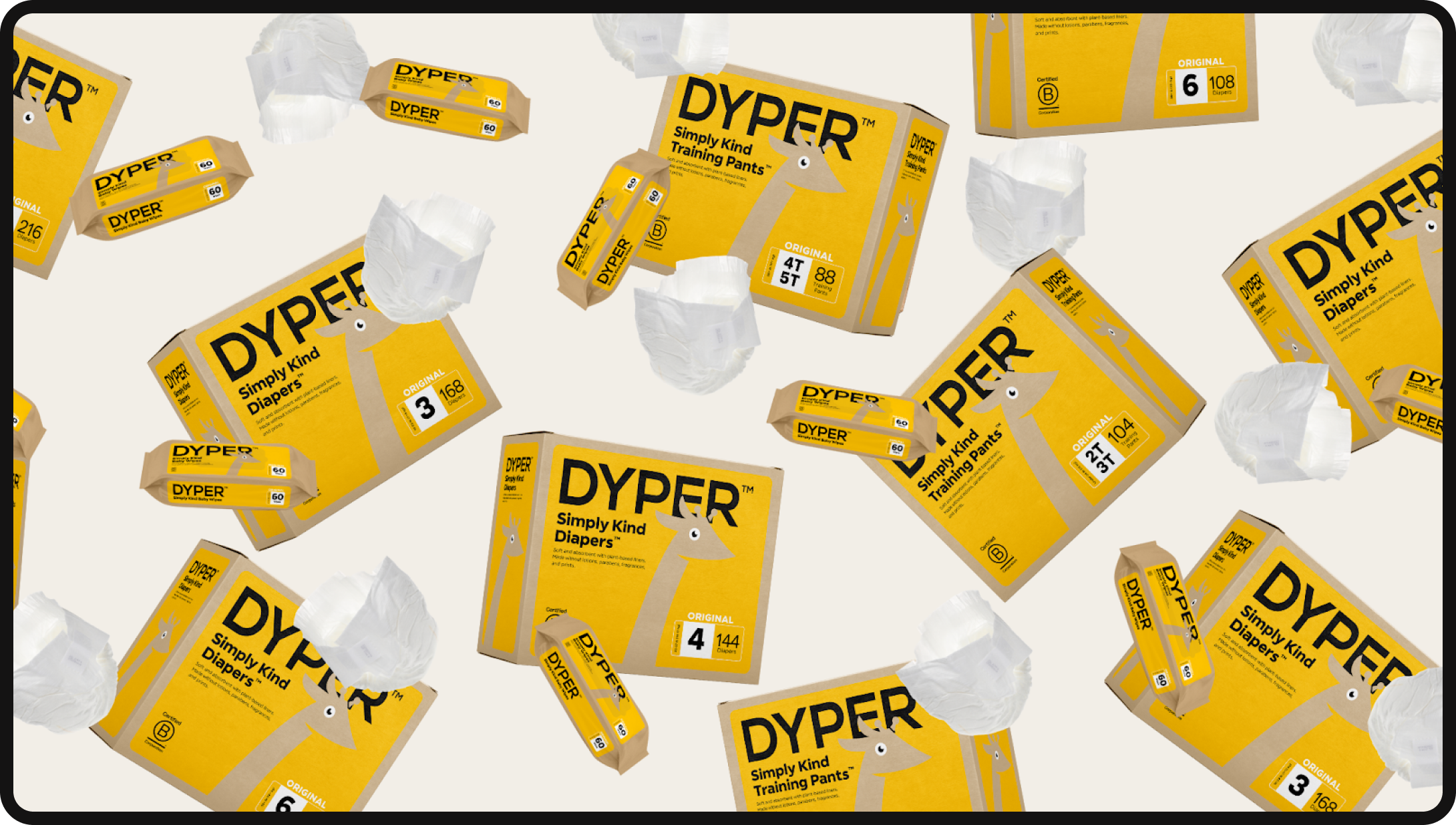
Dyper brings bamboo diapers into the market for parents to help them worry less about unsustainable products for their children (while maintaining the sheer volume of diapers they will likely go through).
The brand does not compromise parents’ affordability and quality. It is priced at $18 with a first order of 50% off or $20 off, and it is made with soft viscose from bamboo. It is an innovative way to target parents who are willing to find the best products for their children while also benefiting the environment.
4. Educate the Consumer for Stronger Social Impact
Going beyond profit-driven motives, sustainable marketing should focus on educating, encouraging awareness, and allowing change in the environment by empowering the customer with the strongest tool: knowledge. Through this effort, brands can use their influence to promote meaningful change with their consumers.

A brand true to this is Green Toys with their 100% recycled products, making sure that customer education starts at a young age. Children are curious creatures who learn by touching, licking, and biting their toys. Parents can feel safe with their children using Green Toys, while younger generations are exposed to sustainable choices from the very beginning of their long lives. No batteries are needed with these toys; it’s just the kids’ imagination.
5. Always Innovate
Brands are always challenged to find new ways to overcome environmental obstacles with technology, storytelling, and creative campaigns. They must stay focused and ahead of the game to encourage their consumers and competitors to join their sustainability efforts.
Traveling comes with storytelling, innovation, and creativity, which is why Cotopaxi makes ethical, sustainable, and durable gear for travelers while supporting impoverished communities. They have ethical factories in the Philippines, China, India, Cambodia, Indonesia, and Vietnam. Cotopaxi cares for the world and its people.
The brand is very vocal about how their mission impacts all aspects of their business, from supply chains to brand partnerships and final products. Leading with social impact in mind requires meticulous planning and research to ensure the brand chooses the right partners, processes, and messaging to communicate their dedication to the consumer.
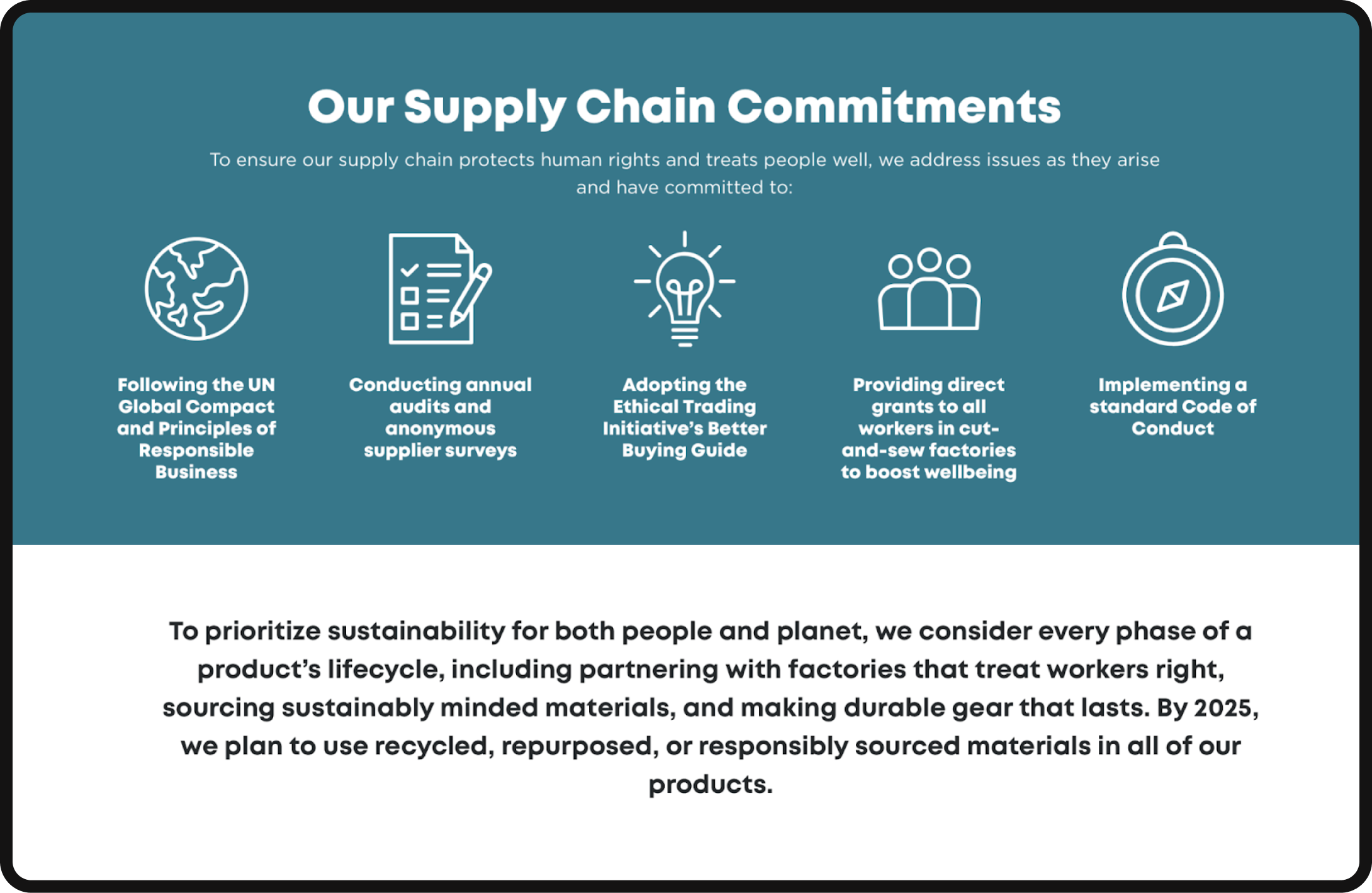
Closing Thoughts
The overall landscape of marketing is constantly changing and evolving for the betterment of society and the environment — and it’s largely driven by the customers demanding accountability and care from brands. Brands are becoming more eco-friendly and eco-conscious for consumer preferences. Sustainability is not a trend but a way for brands to change their ways for their consumers. Brands must not only promote their products but educate their consumers about sustainability and demonstrate genuine commitment to ethical practices.
Sustainable marketing is not about selling products. It’s about cultivating a deeper connection with consumers, driving positive societal change, and collectively working towards a more sustainable and honest world. As brands continue to innovate and adapt, the integration of sustainability into marketing strategies will not only be a competitive advantage but a moral imperative in shaping a better future.

